Homeowners understand that their monthly mortgage payment is based on the initial down payment and the loan term. Many homeowners who acquired a mortgage with high-interest rates often seek to refinance when interest rates drop. Others attempt to pay off their mortgage quicker by paying more toward the principal each month. Both options are viable solutions for reducing the amount of the monthly payment. A third option is a mortgage recast, which is a particularly beneficial solution when interest rates are high.
What is a Mortgage Recast?
Put simply, a recast mortgage is a mortgage that has been recalculated to reduce the monthly premium. When recasting mortgages, a lender will calculate a homeowner’s new monthly payment based on the outstanding balance and the number of years remaining on the mortgage.
A mortgage recast should not be confused with a mortgage refinance. Refinancing a mortgage means creating a new loan with a new interest rate, a new term, or both. But refinancing isn’t always a possibility when interest rates remain high. Additionally, many lenders charge closing costs for a refinance.
With a recast mortgage, a new loan is not created, and the interest rate on the loan does not change. Instead, the monthly payment is recalculated, and the remaining loan term and any equity in the home also remain unaffected.
Benefits of a Mortgage Recast
The primary benefit of a recast mortgage is, of course, lower monthly mortgage premiums. But there are many additional benefits to recasting mortgages, including:
No Credit Check or Lengthy Paperwork Processing
When a homeowner refinances a mortgage, a lender will perform a credit check. Typically, additional paperwork is required that is almost on par with the paperwork necessary for a standard mortgage. And while many lenders have facilitated the process, it can still take time for everything to be fully processed. However, there is no credit check requirement with a mortgage recast, and the process can be completed much faster.
No Closing Costs
Another significant benefit of recasting a mortgage is no closing costs. There may still be a fee for a mortgage recast, but it is far less than the closing costs for a refinanced mortgage. Depending on the lender, the fee may be only a few hundred dollars.
Less Money Paid Towards Interest
A mortgage recast means not only lower monthly payments but also less interest paid as well. Mortgage recasting reduces the actual interest paid over the life of the loan, which decreases the total amount of the loan overall.
The Loan Term Remains the Same
When refinancing a loan, it is common to increase the loan term. For example, a homeowner who has already paid a loan for five years on a 30-year loan and then decided to refinance will likely start over with a new 30-year loan term.
Things to Know Before Recasting a Mortgage
While the benefits of a recast mortgage certainly seem great, there are some things to be aware of before homeowners opt for this solution.
The Interest Rate Remains the Same
Homeowners seeking to take advantage of lower interest rates when they have a mortgage with high interest cannot do so with a mortgage recast. The interest rate remains the same. However, recasting a mortgage can be a great option if interest rates are still high or have risen even higher than the homeowner’s current rate. It might also be prudent to look at other non-traditional mortgage options designed to fit the needs of homeowners focused on wealth planning.
Cannot Access Home Equity
When a homeowner refinances, they often can refinance the loan for a larger amount — essentially tapping into their equity to receive extra cash. Refinancing the loan for a larger loan is not an option when recasting a mortgage.
Not Available with All Lenders
Not all lenders offer a mortgage recast option. Additionally, not all types of loans are eligible, and there may be restrictions depending on the current state of the mortgage.
Final Thoughts
A mortgage recast might be a better option for some. One of the best ways to determine if recasting a mortgage is the smart thing to do is to figure out the ultimate purpose of your current loan. Are you simply seeking to lower your monthly payment? Or do you have plans to access some of your home equity? Do you want to use the savings from a mortgage recast to improve your future wealth planning potential, or do you wish to take advantage of a much lower interest rate?
Homeowners that want to know how to recast a mortgage and whether it is a good option for them can contact First Western Trust to learn more. First Western Trust specializes in providing customized mortgages and understands the unique financial situations of its clients. With several lending options and a highly experienced team of professionals, First Western Trust is ideally suited to help with a mortgage recast and other home lending needs.
